Seeking Hang Tuah hopes to acquaint us with his origins and journeys, his values, and qualities that have endeared him to the generations. Hang Tuah is a culture hero without compare, in Malay Literature and beyond. For more than 500 years he has been present in the oral words, pages of the Hikayat, traditional theatre, poetry, comics, and critical discourses, for, within his person, he combines the social and moral ideals of Malaysians as well as many other readers in the Malay world. For all these years he has also been present in the Malaysian sub-conscience because, for many, he represents the values and identity of the Malays and Malaysians, the Indonesians, Singaporeans, and Bruneians. But as his values and person have traveled the world he has also become a universal man.
The author has recently transcribed the earliest version of the Hikayat Hang Tuah. However, he has also earlier translated one of its versions into English, a formidable work of not less than 500 pages.
Besides, the author has studied the narrative and the hero (and his comrades) for not less than 40 years. He is thus eminently qualified to guide us to seek Hang Tuah. Furthermore, he has also has traveled to the various places purported to be the birthplace and mausoleum of the hero. There is a description of a journey by boat to the Bakung River and the Duyung Village, in the Singkep Island of the Riau Archipelago in Indonesia. In addition, he has also written about him and the Hikayat from several perspectives—his origins, youth, principles of leadership, knighthood, ideas of loyalty and rebellion, travels, and spaces.
The author is thus exceptionally equipped to help us seek out Hang Tuah, to acquaint us with his origins and journeys, his values, and the principle qualities that have endeared him to the generations. Furthermore, the author has also traced the contemporary discourse, not only between Hang Tuah and his friend/antagonist, Hang Jebat, but also the relentless oral development of the epic in a sea of stories that ebbs and rises in the secondary and tertiary oralities, and in our academic halls and public spaces.
There is scant writing in English on Hang Tuah. Besides, the author has also traced the contemporary discourse, not only between Hang Tuah and his friend/antagonist, Hang Jebat, but also the relentless oral development of the epic in a sea of stories that ebbs and rises in the secondary and tertiary oralities in Malaysia and Southeast Asia.
Seeking Hang Tuah based on the culture hero par excellence, who spoke 12 languages (at least), and who traveled the world and was a Renaissance man, is the author’s humble offering to the Academy and the University as a proof of this necessary civilizational dialogue and sharing.

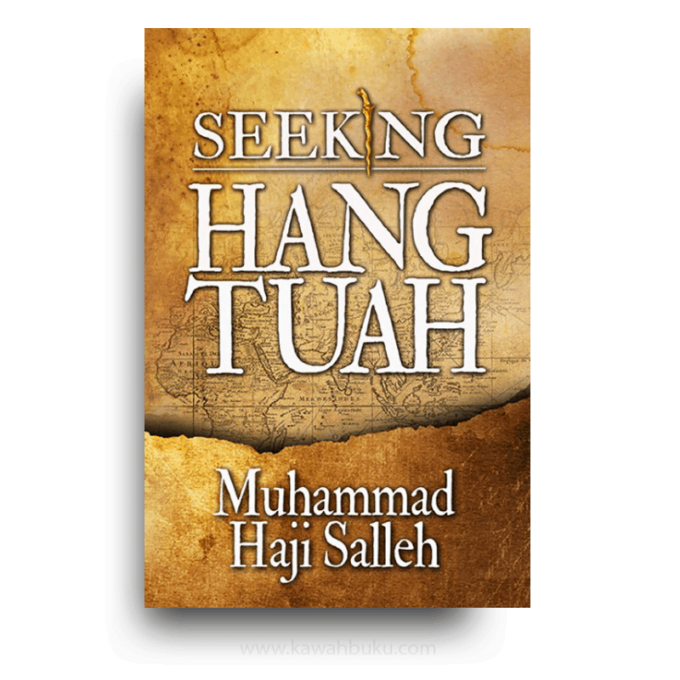
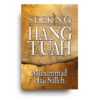
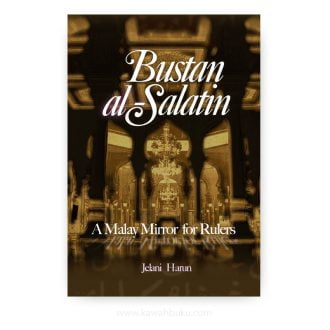
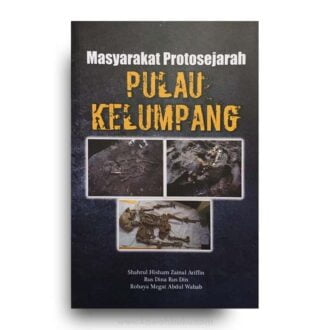
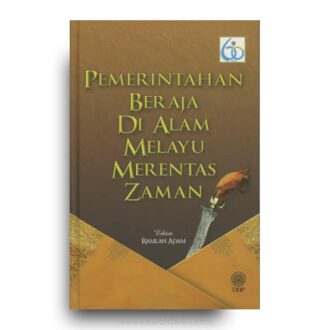
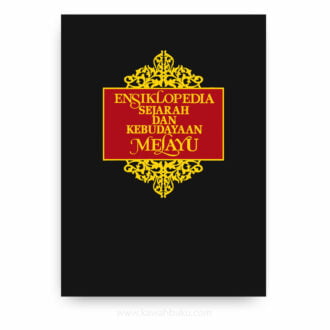
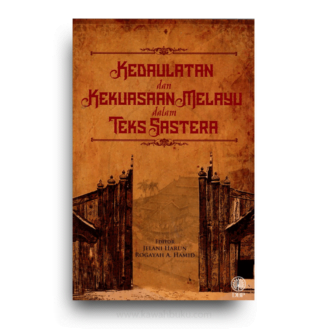


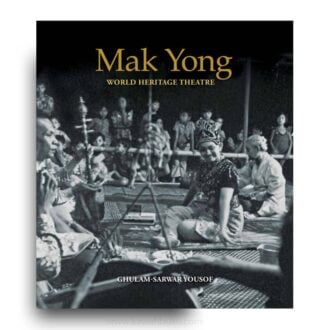
Reviews
There are no reviews yet